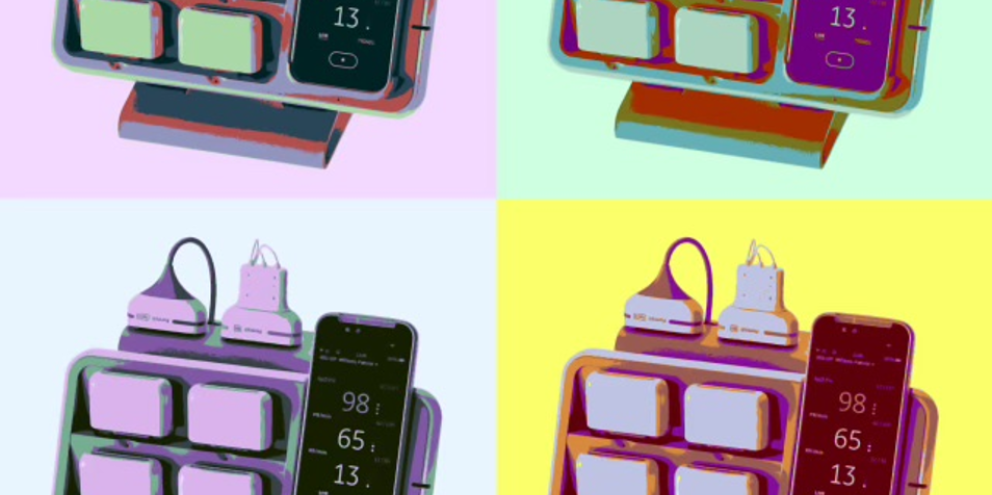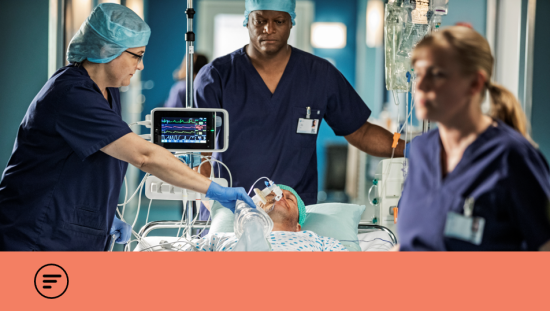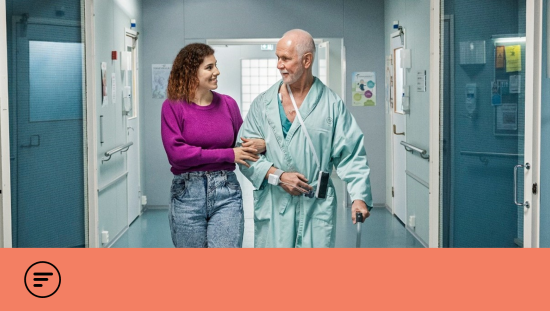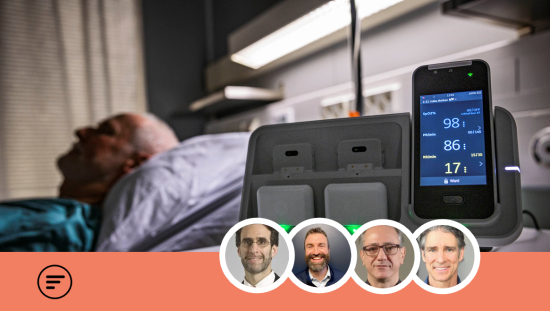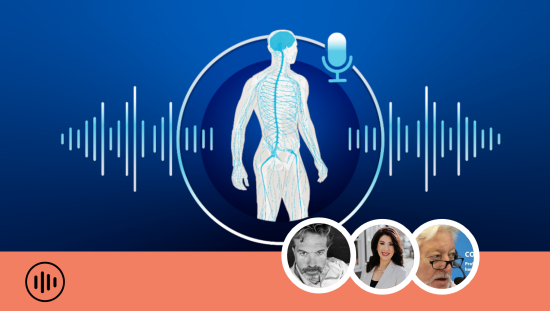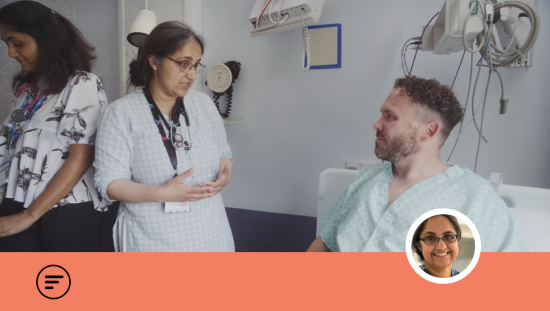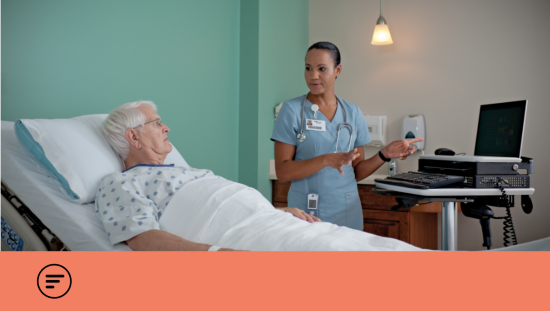Continuous Patient Monitoring: Where? When? How?
Patient surveillance is a constant challenge for medical institutions around the world. On one hand, spot checking could be suboptimal and lead to missed events during non monitored 4 to 6 hours window. On the other hand, over utilization of telemetry systems could prove to drain hospital resources and increase costs. Continuous vital signs monitoring can help clinicians identify early signs of deterioration, allowing early intervention without over use of telemetry.
On this page
The growing case for continuous monitoring
Studies have shown that more than half of in-hospital cardiac arrests occurred on the wards and nearly three quarters of in-hospital deaths were never admitted to an intensive care unit. Currently the only patients in the hospital who are continuously monitored are patients in the telemetry and intensive care units and those in the operating room. Ward patients, however, are monitored using nursing spot-checks. In this section, we will look at current clinical practice as well as clinical evidence to identify where and when patients should be monitored continuously.
Potential economics benefits of continuous monitoring
Due to patient complexity and staffing resources, compliance with scheduled routine vital sign measurement is often low and escalation time points may be missed. To address this gap in timely detection of deterioration, continuous vital sign monitoring systems have emerged as an essential component potential for early detection of deterioration in a patient’s condition, but the perceived cost of continuous monitoring deters some clinicians. In this section, we will look at identifying potential economical benefits of integrating continuous monitoring on currently unmonitored patients.
How clinical thought leaders see the role of continuous monitoring evolving
Continuous monitoring and wearables have been identified as potential solutions to various clinical and operational challenges. There is wealth of evidence attributing improved outcomes to these solutions and medical institutions around the world as well as key opinion leaders are validating their use and related outcomes. In this section, we will try and provide an overview of some of the evidence available and the opinion of key opinion leaders on this subject.
The GE HealthCare solution
Everyday millions of care providers rely on GE HealthCare solutions to help them deliver the highest quality care to their patients. Portrait™ Mobile, a wireless, wearable continuous monitoring solution, is a new tool within the GE HealthCare suite of solutions that provides a real-time, personalized view of your patient.

